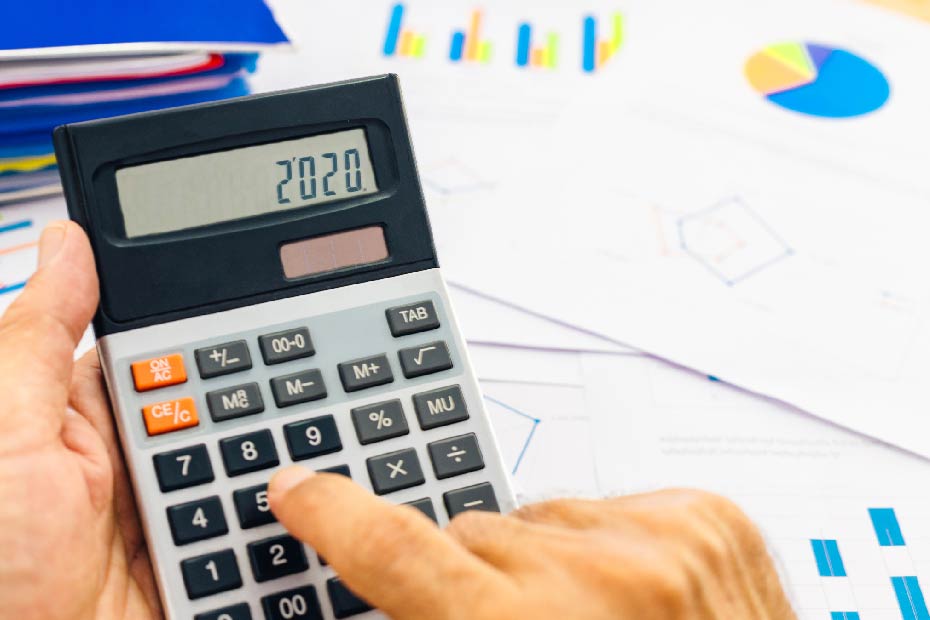Published October 27, 2020 • 5 Min Read
Consolidating debt means taking balances from various places — such as credit cards, department store cards, high interest loans and more — and combining them into one loan. There are four main benefits to consolidating debts:
-
Reducing your interest costs
-
Simplifying your payments
-
Paying off your debt sooner
-
Improving your cash flow
How you consolidate comes down to a few factors, and deciding on your specific consolidation route depends on your answers the following questions:
-
Do I have equity in my home I can use?
-
Would a fixed or flexible payment plan work best for me?
-
How much can I afford in debt payments each month?
-
Do I have the discipline to stay out of debt once I consolidate?
As you figure out the answers to these questions, here’s the 101 on your debt consolidation options.
Consolidation Loan
As the name suggests, a consolidation loan is designed to consolidate debts from various places into a single loan. Consolidation loans can have either fixed or variable rates, which might be considerably less than the interest rate on a typical credit card. Consolidation loads usually come with an amortization (a series of payments) of two to five years — the shorter the amortization, the quicker you’ll pay your loan off. The longer the amortization, the less your monthly payment will be — but, it will take longer to pay off your debt.
A consolidation loan may be a smart choice if:
-
You don’t want any payment surprises. A consolidation loan gives you a set amount to pay every month.
-
You want to circle an end date on your calendar. This option gives you the date by which your loan will be paid off.
Line of Credit (Unsecured)
Like a consolidation loan, an unsecured line of credit comes with a significantly lower interest rate compared to a credit card or store card. Unlike a consolidation loan, however, a line of credit offers the flexibility to either make just the minimum payment, or more if and when you can. When you pay down the amount you owe, you can re-use your credit up to your credit limit.
A line of credit may be the right choice if:
-
You have fluctuating cash flow. A line of credit offers flexible monthly payments.
-
You don’t necessarily need to have a set “debt-free” date.
-
You have the discipline to avoid accumulating more debt on your line of credit once you pay down the balance.
Home Equity Line of Credit
If you have at least 20 percent equity in your home, you may be eligible for a Home Equity Line of Credit (HELOC). This solution is a revolving line of credit that typically allows you to access up to 80% of your home’s value. Because your home is used as collateral to “secure” the line of credit, the interest rate is generally lower than any other type of loan. Like an unsecured line of credit, you can re-borrow what you pay back without having to re-apply.
Because of the larger amount of credit you can (typically) access and the low interest rates, a HELOC may be one of the best options for debt consolidation.
A home equity line of credit may be the right choice if:
-
You have at least 20% equity in your home.
-
You don’t need a fixed “debt-free” date, and put more value on a lower interest rate.
-
You have the discipline to avoid accumulating more debt on your line of credit once you pay down the balance.
Mortgage Refinancing
Refinancing a mortgage means you replace your existing mortgage with a new one with different terms. When you refinance to consolidate debt, you roll your high-interest debt into this new mortgage, and your mortgage amount becomes the amount of your original mortgage plus the non-mortgage debt you rolled into it. Because mortgage rates are currently very low (between 2% and 3%) consolidating your other debt into your mortgage can save you a great deal in monthly interest costs. It also simplifies your debt repayments, since your mortgage becomes the only loan payment you need to make.
A mortgage refinance may be the right choice if:
-
You have at least 20% equity in your home.
-
You want to make life easier and have a single debt payment to make.
-
You have a budget in place to help you avoid accumulating non-mortgage debt in the future.
Consolidating debt doesn’t mean you’ve reduced the amount you owe — it just puts your debts together to make them more manageable. With lower interest costs, one monthly payment to keep track of, and more financial breathing room, not only can you pay down your debt faster, you may also feel more in control of your money. Once you do consolidate, it may be a good idea to put together a budget (if you don’t already have one) to help limit potential future financial stress.
Want to talk to someone about the debt consolidation solution that’s best for you? An RBC Advisor would be happy to speak with you about your options.
This article is intended as general information only and is not to be relied upon as constituting legal, financial or other professional advice. A professional advisor should be consulted regarding your specific situation. Information presented is believed to be factual and up-to-date but we do not guarantee its accuracy and it should not be regarded as a complete analysis of the subjects discussed. All expressions of opinion reflect the judgment of the authors as of the date of publication and are subject to change. No endorsement of any third parties or their advice, opinions, information, products or services is expressly given or implied by Royal Bank of Canada or any of its affiliates.
Share This Article






